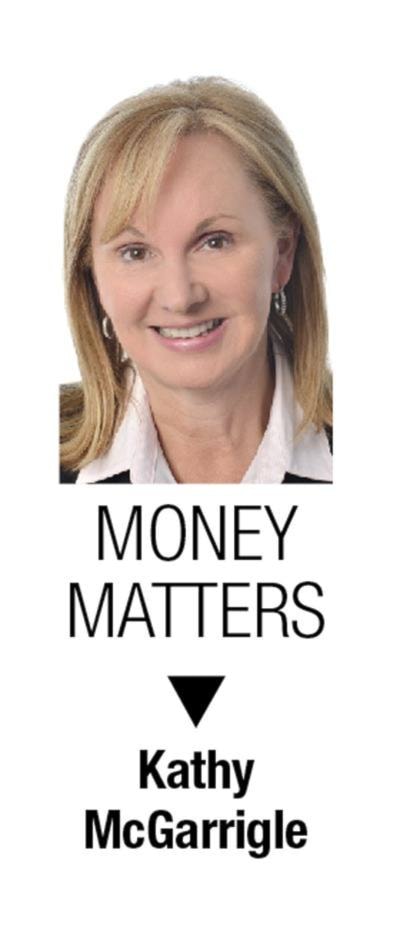March 1 is the last day to make Registered Retirement Savings Plan (RRSP) contributions for the 2016 tax year and as usual, many Canadians will be making last-minute contributions to their portfolios.
The countdown to the contribution deadline is also a good time to consider ways to maximize the retirement planning opportunities that RRSPs provide. So here are my top five RRSP tips to help ensure your financial well-being during those sunset years.
1. Open an RRSP
The first tip is an obvious one – if you don’t have an RRSP, it may be time to open one.
Since RRSPs were introduced in 1957 by the federal government, they have become the leading means for retirement planning among Canadians, supplementing income received from the Canada Pension Plan, workplace group retirement plans and Old Age Security benefits.
RRSPs are great for retirement planning because they allow your investments to grow in a tax-deferred account. When you withdraw the funds on retirement, you pay less tax because you will likely be in a lower tax bracket at that time.
In addition to its role in retirement investments, your RRSP contributions reduce your taxable income and may even help you get a tax refund, which you can re-invest.
2. Start early
If you get started on your RRSPs at an early age, the power of compound interest (interest earned on interest) can significantly increase your investments, even if you contribute a small amount regularly.
Consider the case of Bob and Peter, who both make contributions to their RRSPs on Jan. 1 each year, assuming a six-per-cent rate of return.
Bob, age 25, invests $1,000 a year. By the time he’s 55, his $31,000 investment will be worth $89,890. Peter starts investing later, at age 45, so he contributes $3,000 a year. By the time Peter is 55, his $33,000 investment will only be worth $47,610.
Better late than never, but clearly the earlier you start investing, the harder compound interest will work for you.
3. Get the best products
Sometimes the RRSP is mistakenly described as an investment product – it is actually an investment “account” or “plan.” In other words, it’s a “basket” or “portfolio” that may contain several products – stocks, bonds, mutual funds, term deposits, and the like. This means your RRSP is only as good as the products it contains.
Make sure you work with an experienced and trusted investment planner to ensure you have the best mix of assets in your RRSP, based on your goals and risk appetite. It’s also important to evaluate the investment products in your RRSP regularly, weighing the performance of your portfolio against the fees charged on the account.
4. Keep your RRSPs for retirement
Unless your RRSP is “locked-in,” you are allowed to withdraw funds for purposes other than retirement, subject to applicable taxes. However, as a general principle, resist the urge to draw on your RRSP investments before retirement, unless for critical or pressing life situations.
You want to keep your RRSP for what it’s intended for – as your retirement nest egg. Possible exceptions to this principle are withdrawals made under the Home Buyer’s Plan to purchase a first home or using part of your RRSP to finance your education through the Lifelong Learning Plan.
These two government programs shelter the amount you withdraw from applicable taxes, provided you pay back the funds in the prescribed time. Although RRSP withdrawals under these two plans may be justified as investments (in real estate and in your career), only withdraw amounts you can repay as soon as possible, so your retirement is not impacted.
5. Contribute year-round
Discipline yourself to contribute to your RRSP year-round, not just at the end of the tax year. It’s always good to put extra cash in your RRSP in time to make the contribution deadline, but it’s even better to make a regular contribution throughout the year.
The best way to do this is to set up preauthorized deductions of a budgeted amount to go from your bank account to your RRSP with each paycheque. If you have a workplace RRSP benefit with matching or supplementary investments from your employer, take full advantage of this to maximize your contributions.
Kathy McGarrigle is Chief Operating Officer for Coast Capital Savings, Canada’s largest credit union.
